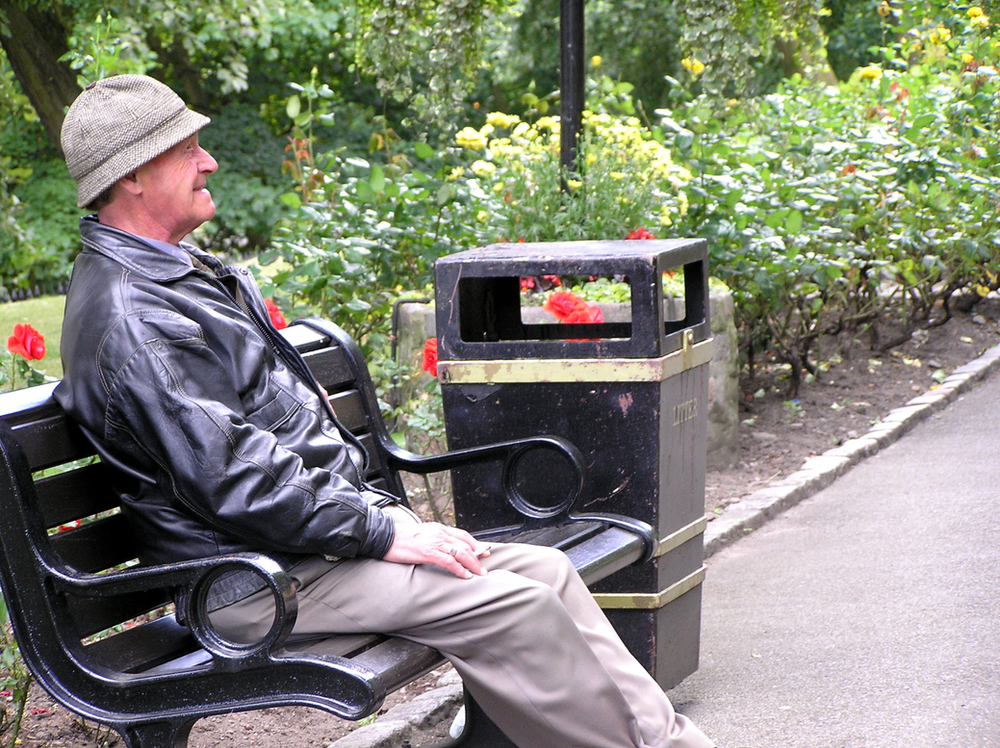Liberty Lake, Washington Post Falls, Idaho Sandpoint, Idaho
509-464-2344 208-777-0308 208-263-7889

One of the things people fear most about getting older is the possibility of having a stroke. When a group of 100 seniors were surveyed and asked what health-related things they feared the most, around 50% mentioned having a stroke they wouldn’t recover from. Most of these survey participants acknowledged they had an older relative that had experienced a stroke with permanent damage and that it was something they hoped never to experience themselves.
Stroke is the fifth leading cause of death in the United States and only 10% of stroke victims recover almost completely, while 10% go on to require full nursing home care or other long-term care facility afterwards. Unfortunately, 15% die shortly after experiencing a stroke.
So what can be done to help prevent this from happening? While genetics and age make a person more susceptible to having a stroke, there are many stroke factors a person can control if they know about them.
The first thing everyone should know is what their blood pressure is. A very high or even moderately high blood pressure can quadruple the risk of stroke in both men and women. Blood pressure should be monitored at least several times a year to ensure it stays within a normal range. Dietary salt should be kept within reasonable limits and adding 4-5 cups of fresh fruits and vegetables each day will help keep the body in a good state of health. Quitting smoking is a given.
Obesity raises the odds of having a stroke, not to mention getting diabetes and high blood pressure. So even a modest 10-pound weight loss can reduce the risks of both strokes and diabetes–a double benefit.
Exercise is another great way to lessen the risk of stroke and add to a person’s overall health in almost every way imaginable. A moderate-intensity activity like brisk walking (working up a mild to moderate sweat) at least five times per week can significantly lower the risk of stroke. Just walking more every day like parking at a distance from a store entrance or taking the stairs instead of taking an elevator can make a small but significant difference in a person’s overall activity levels.
Alcohol in moderation (1-2 drinks per day) may actually reduce the risk of stroke but any more than that raises the risks of other significant health problems and can increase the risk of stroke sharply.
Finally, atrial fibrillation (A. fib) is something many older people experience at least once or twice in their lifetimes for seconds or very short periods of time. Many people may not even realize they are experiencing A. fib if it lasts only briefly. However, if the episodes keep recurring and certainly if they persist for more than a few minutes, treatment must be sought. A. fib is a form of irregular heartbeat that can cause a clot to form in the heart. That clot can travel to the brain, producing a stroke. Recurrent A. fib can increase a person’s risk of stroke fivefold, so seek treatment if symptoms of heart palpitations or shortness of breath are experienced.
Just making a few changes in a person’s lifestyle and being aware of what to watch for can help prevent this dreaded medical emergency from occurring as we age.



